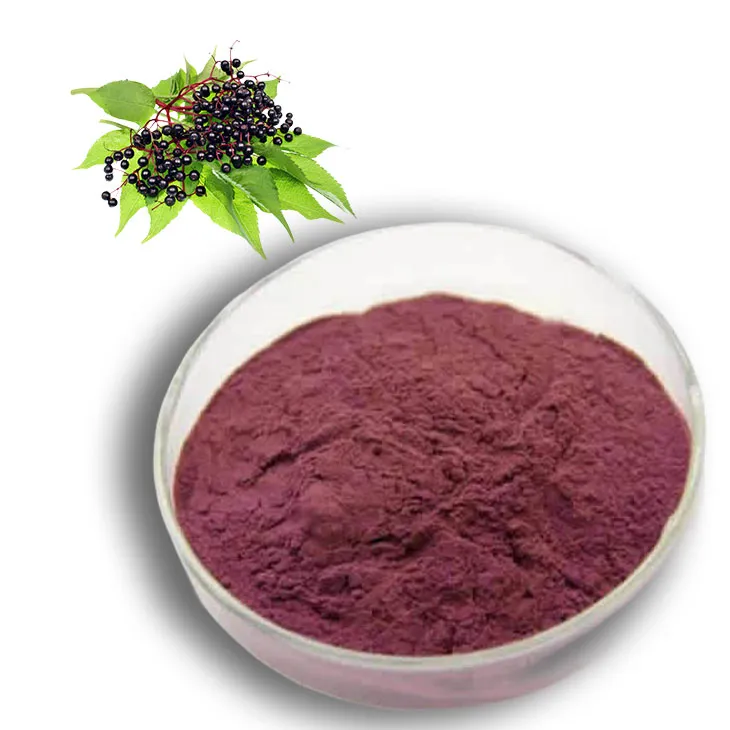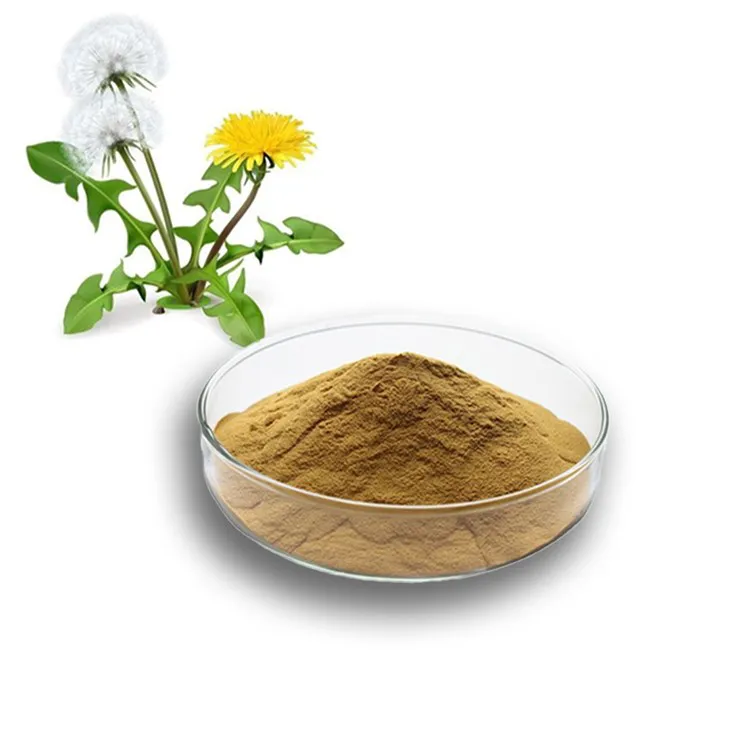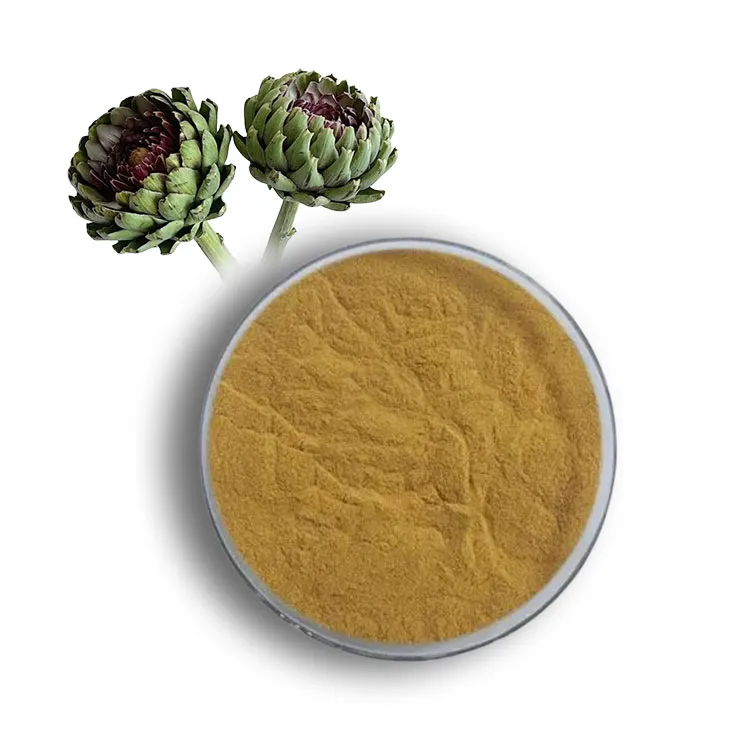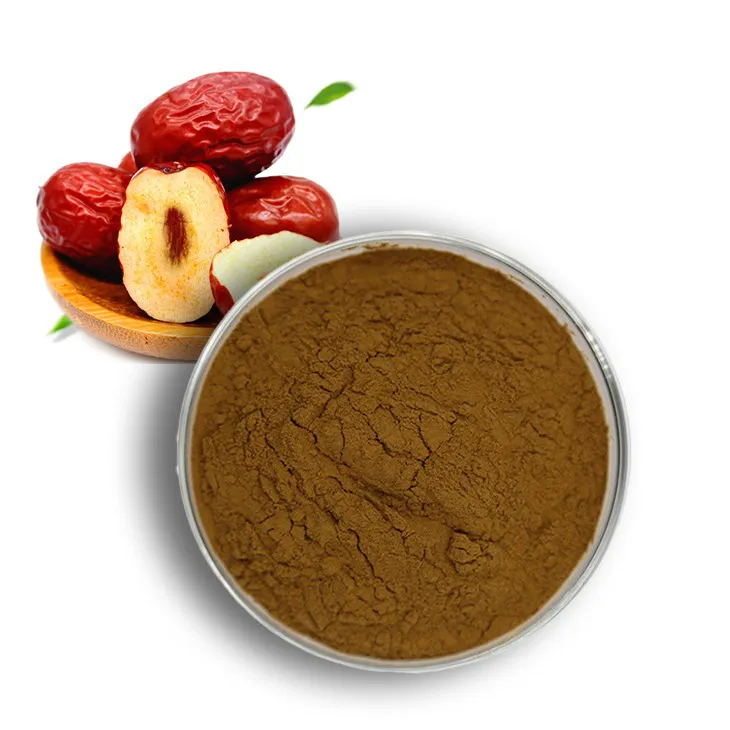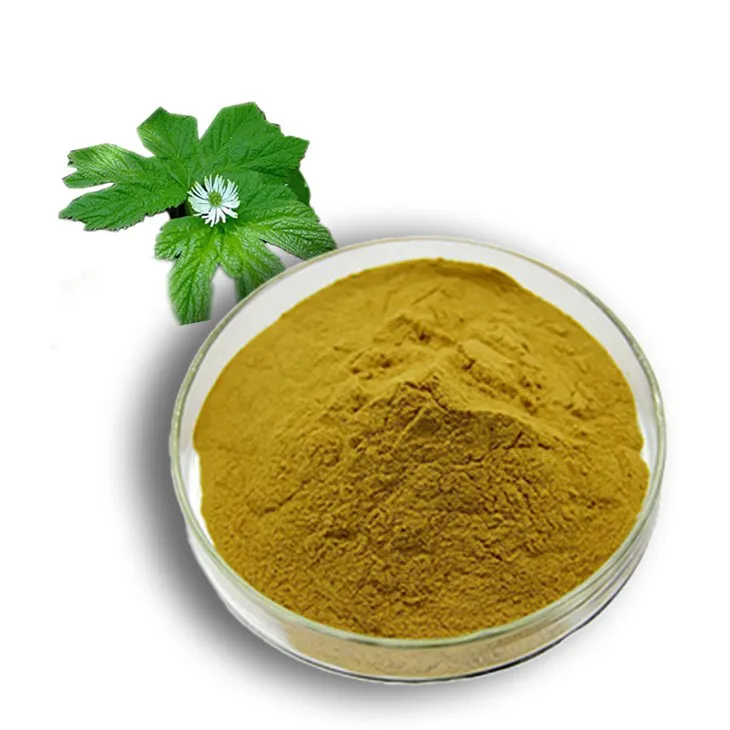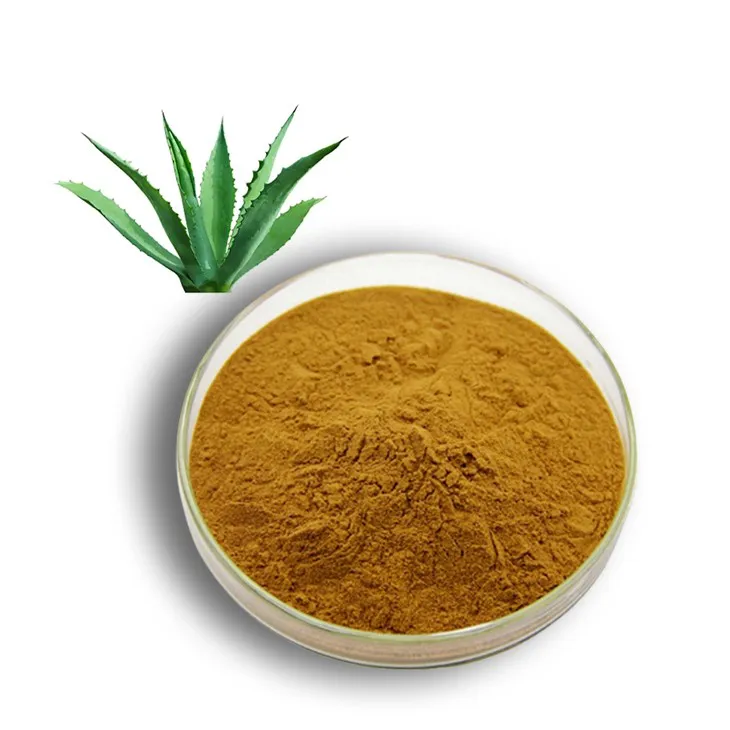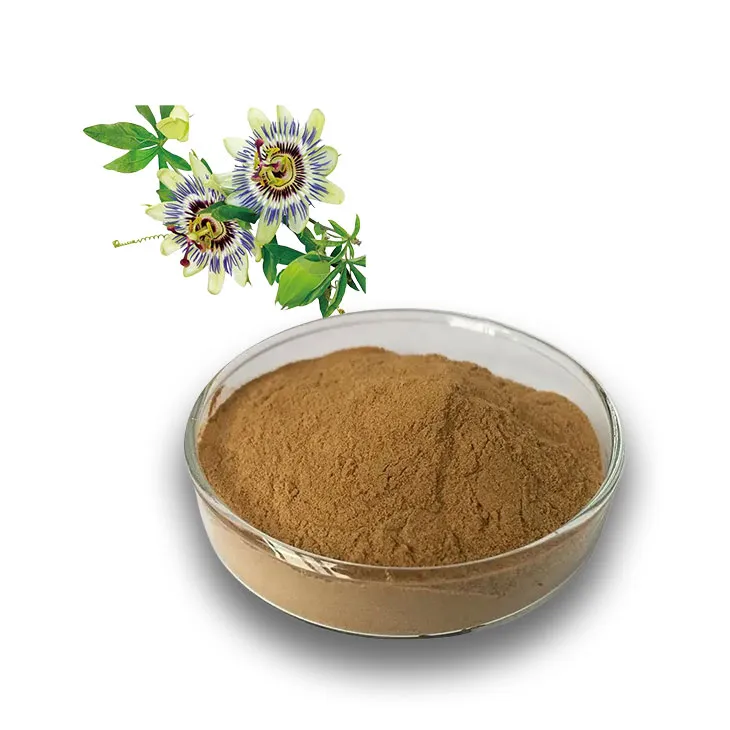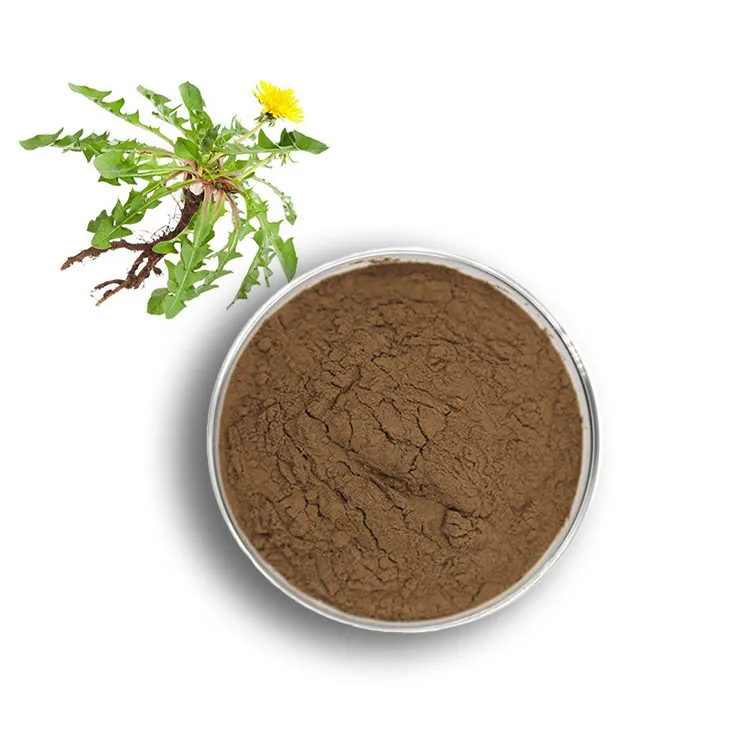- 0086-571-85302990
- sales@greenskybio.com
What is a Horse Chestnut Made Of?
2025-10-30
The horse chestnut, scientifically known as Aesculus hippocastanum, is a large deciduous tree native to the Balkan Peninsula, widely cultivated in Europe, North America, and parts of Asia. Known for its distinctive palmate leaves and striking conical flower clusters, the horse chestnut is not only appreciated for its ornamental beauty but also for the medicinal properties of its seeds, leaves, bark, and flowers. The seeds, commonly referred to as horse chestnuts or conkers, have a long history of use in traditional medicine, particularly for supporting circulatory health. Understanding what a horse chestnut is made of requires a detailed examination of its chemical constituents, active compounds, and nutritional content, as well as the pharmacological effects these components have on human health.
Overview of Horse Chestnut Components
The horse chestnut contains a variety of bioactive compounds, including saponins, flavonoids, coumarins, tannins, and essential fatty acids. Each part of the plant—the seeds, bark, leaves, and flowers—has a slightly different chemical profile, though the seeds are the most widely studied for their therapeutic properties. The seeds are particularly rich in a group of compounds known as triterpenoid saponins, which include aescin (also called escin), aesculetin, and other related glycosides. These saponins are largely responsible for the medicinal effects of Horse Chestnut Extracts.
Aescin, the primary active component of horse chestnut seeds, exists as a mixture of alpha- and beta-aescin. It is known for its anti-inflammatory, antioxidant, and vasoprotective properties. Beyond saponins, horse chestnut seeds contain flavonoids, which are powerful antioxidants that help neutralize free radicals and protect cells from oxidative stress. The seeds also contain small amounts of starch, proteins, and lipids, though they are not typically consumed as a food due to the presence of potentially toxic compounds in raw seeds.
Saponins: The Heart of Horse Chestnut’s Medicinal Effects
Saponins are naturally occurring glycosides that are known for their surface-active properties, which allow them to form soap-like foams when mixed with water. In horse chestnut seeds, saponins such as aescin are primarily responsible for promoting vascular health. Aescin works by strengthening the walls of veins and capillaries, reducing inflammation, and improving blood flow. This makes Horse Chestnut Extract particularly useful in managing conditions such as chronic venous insufficiency, varicose veins, and edema.
The mechanism of action of aescin involves reducing the permeability of blood vessels, which prevents fluid from leaking into surrounding tissues and causing swelling. Additionally, aescin exhibits anti-inflammatory activity by inhibiting the release of enzymes and cytokines that contribute to inflammation in the vascular system. Research suggests that aescin may also have a protective effect on the endothelial cells lining the blood vessels, enhancing their function and resilience against oxidative damage.
Flavonoids and Other Polyphenolic Compounds
In addition to saponins, horse chestnut seeds contain flavonoids such as Quercetin, kaempferol, and their glycoside derivatives. Flavonoids are a class of polyphenolic compounds with strong antioxidant properties, which help neutralize free radicals and reduce oxidative stress in the body. Oxidative stress is a key factor in the development of chronic diseases, including cardiovascular disorders, and the flavonoids in horse chestnut contribute to its overall protective effects.
Coumarins, another group of bioactive compounds found in horse chestnut, are known for their anticoagulant and anti-inflammatory properties. Aesculetin, a coumarin derivative, is present in smaller amounts but adds to the therapeutic potential of the plant. Tannins, which are also present in the seeds and bark, provide astringent properties that can help tone tissues and reduce fluid leakage in the veins.
Nutritional and Non-Medicinal Components
While horse chestnuts are primarily valued for their medicinal constituents, they also contain basic nutritional elements. The seeds contain carbohydrates, primarily in the form of starch, as well as proteins and small amounts of fats, including unsaturated fatty acids. However, raw horse chestnuts are generally not edible due to the presence of toxic compounds such as esculin, which can cause nausea, vomiting, and other symptoms if ingested in significant amounts. Processing, such as boiling or extraction, is necessary to remove or neutralize these toxic components before safe medicinal use.
The Bark, Leaves, and Flowers
While the seeds are the most studied, other parts of the horse chestnut tree also contain bioactive compounds. The bark contains flavonoids, tannins, and phenolic acids, which contribute to its anti-inflammatory and antimicrobial properties. Leaves contain saponins and polyphenols, similar to the seeds, though in lower concentrations, and have been used traditionally in poultices and topical applications. The flowers contain flavonoids and glycosides and are sometimes used in herbal remedies for their mild anti-inflammatory and diuretic effects.
Pharmacological Effects of Horse Chestnut Extract
The chemical composition of horse chestnut seeds, particularly the presence of aescin and flavonoids, underpins its pharmacological benefits. One of the most well-documented applications is the treatment of chronic venous insufficiency (CVI), a condition characterized by poor blood flow in the veins of the legs, leading to swelling, pain, and varicose veins. Clinical studies have shown that standardized horse chestnut seed extract can reduce leg swelling, improve venous tone, and alleviate symptoms such as heaviness and fatigue in the legs.
Horse chestnut extract has also demonstrated anti-inflammatory and antioxidant effects, making it useful for reducing oxidative stress in vascular tissues. By protecting endothelial cells and improving circulation, it may contribute to the prevention of cardiovascular complications associated with impaired venous function. Some preliminary research has also explored the potential of horse chestnut extract in managing hemorrhoids and reducing postoperative edema, though these applications require further study.
Standardization and Formulation
For medicinal purposes, horse chestnut extract is typically standardized to contain 16–20% aescin. Standardization ensures consistent therapeutic effects and safety, as variations in the chemical composition of raw seeds can occur due to differences in growing conditions, harvest time, and processing methods. Standardized extracts are available in capsule, tablet, cream, and topical gel forms, allowing for both oral and external applications.
When used orally, horse chestnut extract is usually taken in doses of 300–600 mg per day of standardized extract, providing approximately 50–100 mg of aescin. Topical formulations may vary in concentration but are generally used to alleviate localized swelling and discomfort.
Safety and Precautions
While horse chestnut extract is generally considered safe when used appropriately, raw seeds are toxic and should never be ingested. Commercial supplements made from standardized extracts have been shown to have a favorable safety profile, though mild gastrointestinal discomfort or headache may occur in some individuals. People taking anticoagulant or antiplatelet medications should exercise caution, as horse chestnut may have mild blood-thinning effects. Pregnant or breastfeeding women should avoid supplementation unless under medical supervision.
Conclusion
A horse chestnut is made up of a complex array of bioactive compounds, including saponins, flavonoids, coumarins, tannins, and essential nutrients. The seeds, in particular, are rich in aescin, a triterpenoid saponin responsible for the plant’s well-documented effects on vascular health and inflammation. Flavonoids and coumarins enhance antioxidant and anti-inflammatory activity, while tannins contribute to tissue toning and vascular protection. Other parts of the tree, including bark, leaves, and flowers, also contain beneficial compounds, although in lower concentrations than the seeds.
The pharmacological properties of horse chestnut extract have been extensively studied, particularly in the context of chronic venous insufficiency, varicose veins, edema, and general circulatory support. Standardized extracts ensure consistent therapeutic effects and minimize risks associated with raw seed ingestion. While not a substitute for conventional medical treatment in serious conditions, horse chestnut offers a natural, evidence-based option for supporting vascular and overall circulatory health.
Understanding what horse chestnut is made of highlights the intricate chemistry of plants and the potential for natural compounds to promote human health. Through centuries of traditional use and modern scientific validation, horse chestnut has earned its place as a valuable botanical resource, combining centuries-old wisdom with contemporary evidence-based applications. Its unique combination of saponins, flavonoids, and other phytochemicals makes it a versatile and powerful tool for supporting circulatory function, reducing inflammation, and maintaining vascular wellness. By appreciating the complex composition of horse chestnut, researchers, practitioners, and health-conscious individuals can harness its benefits safely and effectively for long-term health and well-being.
Visit Greenskybio.com, a great article source where you can learn about Supplements and their health benefits, you also can get the latest food Supplements. Green Sky Bio provides the best extracts and supplements. It is a Chinese self-developed brand that is trustworthy! Welcome to email us to inquire about our products.
TAGS:- ▶ Hesperidin
- ▶ Citrus Bioflavonoids
- ▶ Plant Extract
- ▶ lycopene
- ▶ Diosmin
- ▶ Grape seed extract
- ▶ Sea buckthorn Juice Powder
- ▶ Fruit Juice Powder
- ▶ Hops Extract
- ▶ Artichoke Extract
- ▶ Mushroom extract
- ▶ Astaxanthin
- ▶ Green Tea Extract
- ▶ Curcumin
- ▶ Horse Chestnut Extract
- ▶ Other Product
- ▶ Boswellia Serrata Extract
- ▶ Resveratrol
- ▶ Marigold Extract
- ▶ Grape Leaf Extract
- ▶ New Product
- ▶ Aminolevulinic acid
- ▶ Cranberry Extract
- ▶ Red Yeast Rice
- ▶ Red Wine Extract
-
Elderberry Extract
2025-10-30
-
Angelica sinensis extract
2025-10-30
-
Dandelion Leaf Extract
2025-10-30
-
Artichoke Leaf Extract
2025-10-30
-
Jujube Extract
2025-10-30
-
Golden Seal Extract
2025-10-30
-
Honeysuckle Pollen
2025-10-30
-
Aguaje Extract
2025-10-30
-
Passionflower Extract
2025-10-30
-
Dandelion Root Extract
2025-10-30











